The theory of evolution argues that living things are in constant change, continuously developing through coincidences. The fossil record, however, indicates just the opposite. When we look at fossils, we see that there is no difference between life forms that lived hundreds of millions of years ago and their counterparts living today. Modern fish, reptiles and mammals are exactly the same as the fish, reptiles and mammals that appeared for the first time on the Earth. Some living species are driven to extinction, but no species has turned into another species.
This makes it clear that all living species were created by God to be quite distinct from each other, and they have not undergone any evolution since the day they were created.
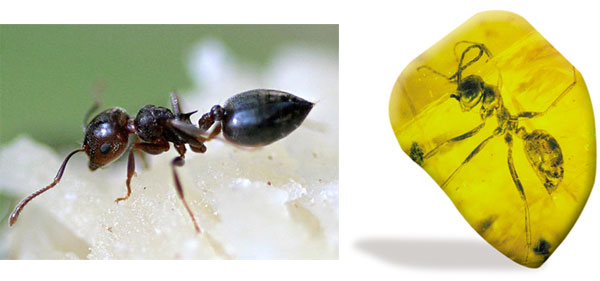 |
ANT Ant fossil preserved in amber, some 100 million years old. No different from the ants in our day. |
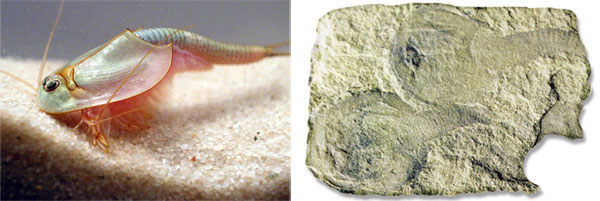 |
NO CHANGE IN STRUCTURE FOR 300 MILLION YEARS Called Triops Cancriformis in scientific literature, this shrimp-like creature has not undergone any change for 300 million years. |
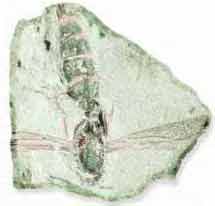 | 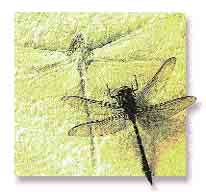 |
BEE FOSSIL Petrified bee fossil aged 60 million years; no different from the bees in our day. | DRAGON-FLY AND ITS FOSSIL There is no difference between this 150 million-year-old dragon-fly fossil and the living dragon-fly. |
 |
FISh The fish fossil dating back 200 million years (below) shows that ancient fish and their modern counterparts are not different from each other. |
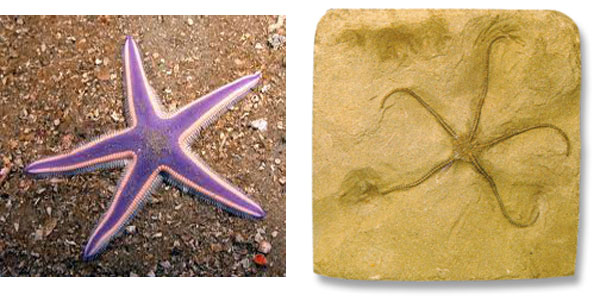 |
STARFISH A 400 million-year-old starfish fossil and a living starfish |
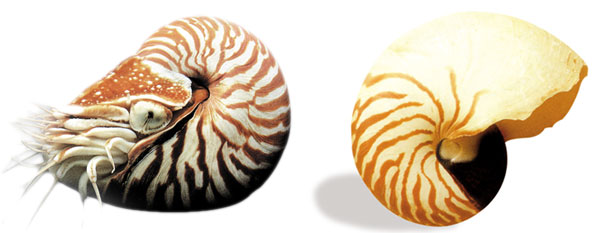 |
NAUTILUS IS ALWAYS THE SAME The invertebrate species called Nautilus, which proliferates in the seas of today, is also found in abundance in fossil form in the Cambrian strata dating back 520 million years. Since the day of its creation, the Nautilus has not undergone any evolution. |
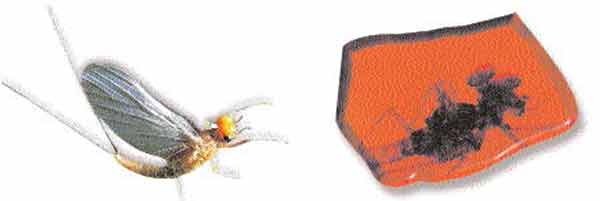 |
MAY BUG UNCHANGED The living specimen of the may bug of the baetidae class and its 220 million-year-old fossil stored in amber. A comparison of the two shows that this bug has not undergone any evolution throughout the ages. |
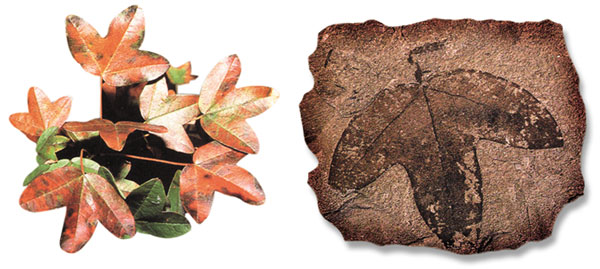 |
PLANTS ARE ALSO THE SAME "The evolution of plants" is also nothing but a tale. On the side, you see a living specimen of a plant species called acer monspessulanum and its 30 million-year-old fossil. |